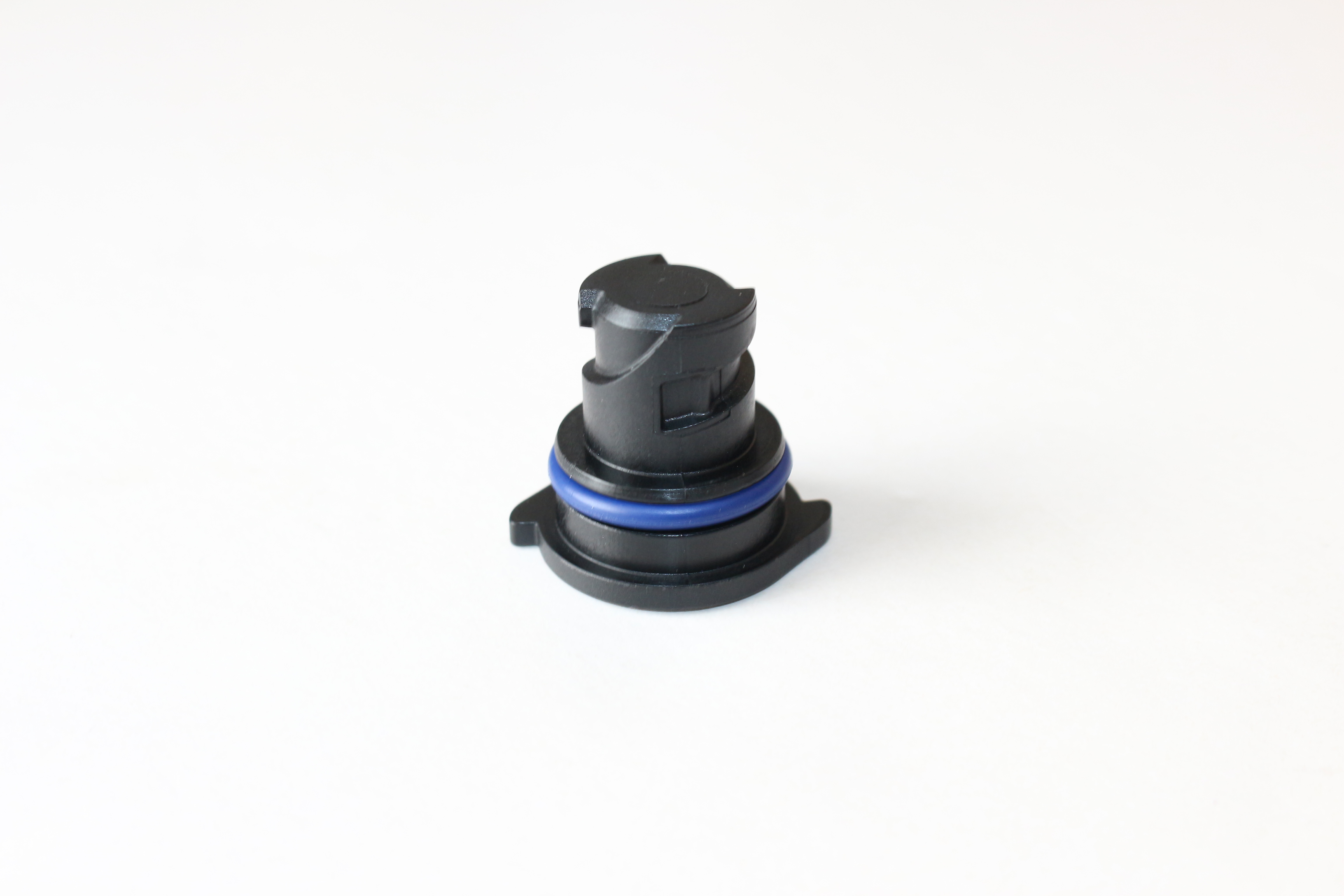rear differential seal
Understanding Rear Differential Seal Importance, Function, and Maintenance
When it comes to vehicle maintenance, certain components often get overlooked, despite their crucial role in ensuring smooth operation. One such component is the rear differential seal. This seemingly small part plays a significant role in the effective performance of a vehicle's drivetrain, especially in rear-wheel drive and all-wheel-drive vehicles. In this article, we will explore the purpose of the rear differential seal, its function, signs of failure, and tips for proper maintenance.
What is a Rear Differential Seal?
The rear differential seal is a crucial component located at the rear axle of a vehicle. It is designed to seal the differential housing, preventing the loss of lubrication and the entry of dirt, debris, and moisture. Usually made from durable materials like rubber or silicone, the seal helps maintain a proper lubrication level within the differential.
Function of the Rear Differential Seal
The rear differential's primary function is to allow for smooth turning by compensating for the difference in wheel speeds between the left and right wheels. This is particularly important during turns, as the outside wheel travels a longer distance than the inside wheel. The differential contains lubricating fluid that ensures smooth gear operation and reduces friction between components.
The rear differential seal serves two primary functions
1. Prevents Fluid Leakage One of the primary purposes of the rear differential seal is to keep the lubricating fluid inside the differential. Any leakage can lead to reduced fluid levels, which can cause excessive wear on the differential gears and bearings, ultimately leading to mechanical failure.
2. Keeps Contaminants Out The rear differential seal also acts as a barrier that prevents dirt, water, and other contaminants from entering the differential housing. The ingress of foreign material can harm the internal components of the differential, resulting in poor performance or even significant damage.
Signs of a Failing Rear Differential Seal
Like any other component, rear differential seals can wear out over time, leading to potential issues. Here are some common signs that indicate a failing rear differential seal
1. Fluid Leaks One of the most obvious signs of a failing seal is the presence of fluid leaking from the rear axle. You may notice spots on the ground where you park your vehicle. If you see oil pooling under the rear end of your car, it’s a strong indication that the seal has been compromised.
rear differential seal

2. Noise from the Differential If you start hearing unusual grinding or whining noises from the rear of your vehicle, it could be due to insufficient lubrication in the differential caused by leaking fluid.
3. Increased Operating Temperatures A failing seal can result in overheating of the differential as a result of insufficient lubrication. If you notice unusually high temperatures in that area, it may indicate a problem.
4. Decreased Handling Performance If you experience a decline in the handling capabilities of your vehicle, it could be due to issues with the rear differential, possibly related to the seal's failure.
Maintenance and Replacement
Regular maintenance is essential in ensuring the longevity of the rear differential seal. Here are some tips to keep it in good condition
1. Check for Leaks Regularly inspect the area around the differential for any signs of fluid leaks. Early detection can prevent further damage.
2. Fluid Levels Ensure that the differential fluid levels are always adequate. If you find yourself topping up the fluid frequently, this may indicate a problem with the seal.
3. Scheduled Inspections During routine maintenance, have a qualified mechanic inspect the differential for wear and tear and replace the seal if necessary.
4. Proper Installation When replacing the seal, ensure that it is installed correctly. A poorly installed seal can lead to premature failure.
Conclusion
The rear differential seal, though small, is essential for the proper functioning of a vehicle’s drivetrain. Understanding its function, recognizing the signs of failure, and maintaining it with regular checks can save vehicle owners from costly repairs and ensure safer driving experiences. By taking care of this vital component, you can enhance your vehicle's performance and longevity. Remember, a proactive approach to maintenance is always better than waiting for a problem to occur.
-
Seal 12x20x5: Precision Radial Shaft Seals for Industrial Reliability
News Nov.24,2025
-
Seal 12x18x5: Essential Guide to Specifications, Applications & Vendors
News Nov.24,2025
-
Understanding Seal 12 20 5: Applications, Specifications & Industry Insights
News Nov.23,2025
-
Durable Oil Seal 85x110x12 – Reliable Sealing Solutions for Industry
News Nov.23,2025
-
Durable and Precise Oil Seal 75x95x10 for Efficient Machinery | YJM Seal
News Nov.22,2025
-
Durable Oil Seal 75x100x10 for Reliable Industrial Performance | YJM Seal
News Nov.22,2025
-
High-Quality Oil Seal 65x90x10 | Durable & Reliable Sealing Solutions
News Nov.22,2025
Products categories















